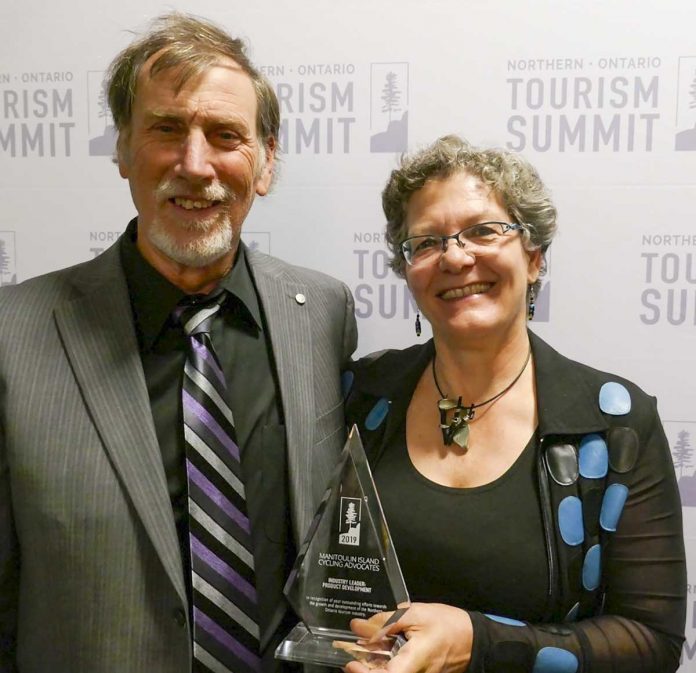How much time do we have?
While there are myriad ways we can reduce greenhouse gas emissions, the situation becomes a lot more stressful when you consider the timeline for action. Though people have rallied around the goal of a 45 percent reduction by 2030, there is no guarantee that achieving this target will necessarily prevent runaway climate change.
This is because of feedback loops in the climate system, in which one change can go on to trigger other changes. An example of this is that when sea ice melts, the ocean begins to absorb more sunlight, since liquid water is less reflective than ice. This absorption of sunlight makes the water heat up, resulting in surrounding ice melting even faster, leading to even more heat absorption by the water, and even more ice melt—the spiral continues. You can see how such processes accelerate warming beyond the direct result of initial greenhouse gas emissions. Other examples of feedback loops are methane release from thawing permafrost and a decreased ability of soils and the ocean to hold onto carbon under higher temperatures. If big enough changes are set in motion, there may come a time when humans lose control.
Unfortunately, though these phenomena are well-studied, it is nearly impossible for any climate model to predict the time at which we could pass these points of no return, commonly referred to as “tipping points.” It is also likely there would be some delay between the time when tipping points are reached and when we feel effects.
Therefore it is possible that it is already too late to stabilize the climate, though to my knowledge there is no evidence yet that indicates this is the case. Since we don’t know when we may pass that point, it’s important that we act as quickly as possible—this is also important in order to prevent as many near-term deaths as possible. We should not have a false sense of security that cutting emissions in half by 2030 will guarantee a survivable climate.
On the bright side, tipping points are something that occur in societies too. If what we need is a rapid shift in attitudes, we need look no further than feedback loops for inspiration. When one intentional change in a person’s behaviour triggers further changes in those with whom they are connected, this can create rapid change that spreads across society. By both speaking up and listening to each other, maybe we can change ourselves faster than we’re currently changing the climate. This to me is the biggest hope that we can influence our future.
To get involved with local climate action, please attend a Climate Action Open House on Monday, December 2 at the Mindemoya Community Hall or Wednesday, December 4 at the Park Centre in Kagawong, both drop-ins from 7-9 pm. If you are unable to attend either event, please contact Kristin at centralcc@eastlink.ca or call 705-377-5726.



